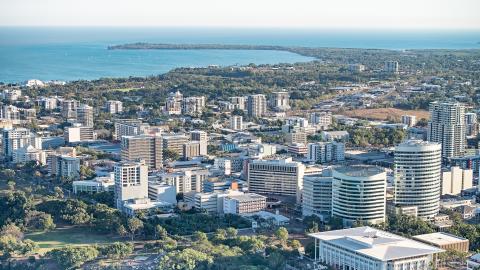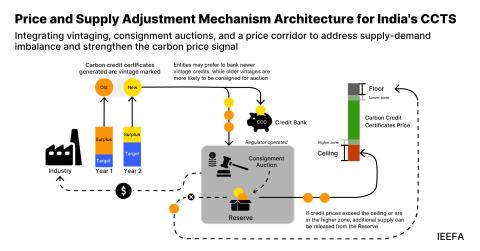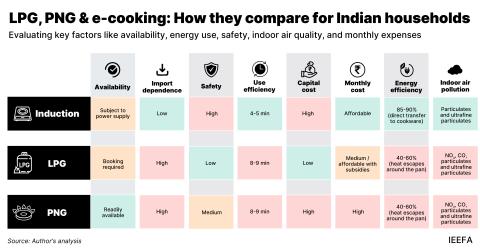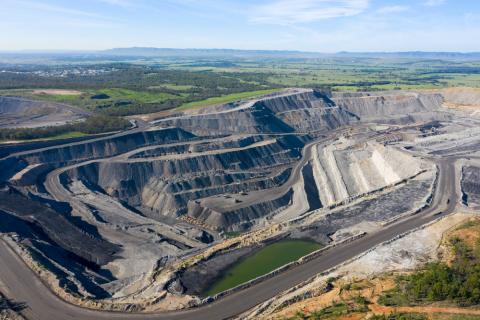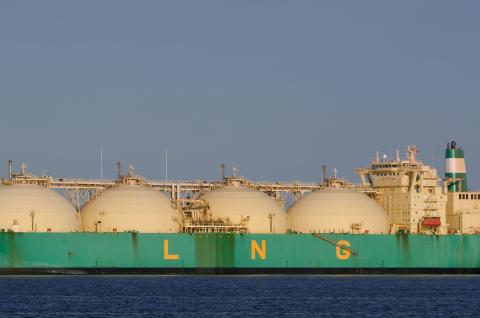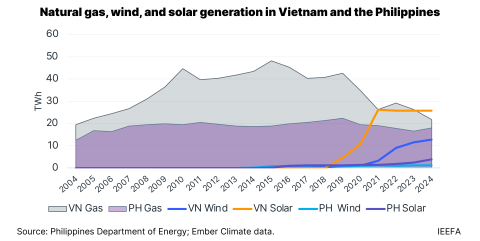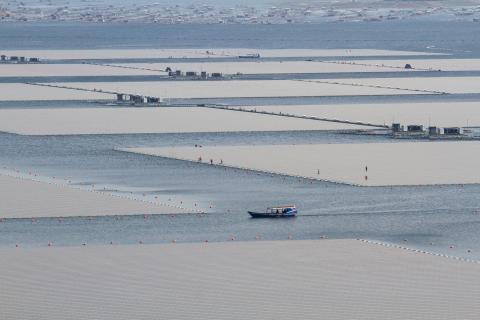Submission: Australian Energy Market Commission – National Gas Amendment (Updating the regulatory framework for gas connections)
Download Full Version

29 October 2025
To: Australian Energy Market Commission (AEMC)
Re: National Gas Amendment (Updating the regulatory framework for gas connections) draft rule change
Thank you for the opportunity for the Institute for Energy Economics and Financial Analysis (IEEFA) to provide input to the AEMC’s draft rule change National Gas Amendment (Updating the regulatory framework for gas connections).
IEEFA is an independent energy finance think tank that examines issues related to energy markets, trends and policies. The Institute’s mission is to accelerate the transition to a diverse, sustainable and profitable energy economy.
IEEFA is broadly supportive of the AEMC’s draft rule change, for reasons outlined in our initial submission to the issues paper. We agree with the AEMC’s assessment that the draft rule will support the National Gas Objective (NGO).
We also support the AEMC’s proposed implementation approach, which allows for this rule change to be implemented for the Evoenergy, AGN (SA) and Jemena gas networks by mid-2026. Time is of the essence with this rule change, as gas networks already face stranding risks for existing assets, which will only be worsened as their asset bases grow.
We acknowledge several amendments the AEMC has proposed in its draft rule change that differ from Energy Consumers Australia (ECA)’s initial proposal. While we understand these amendments aim to improve the alignment to the NGO, we recommend further consideration around two of these changes:
Applicability to non-scheme pipelines that are not subject to Part 12A of the NGR:
In many regions, reticulated gas services are only available from non-scheme pipelines that are not fully subject to Part 12A of the National Gas Rules (NGR). This applies to many customers in regional areas, and all reticulated gas customers in Queensland, Western Australia, Tasmania and the Northern Territory.
Exclusion of these pipelines from the proposed rule change may leave customers in those regions exposed to stranded asset risks – including those households that are not able to electrify, such as renters.
The AEMC notes that “non-scheme distribution networks that are not currently required by the rules to apply the NPV [net present value] test and should have a strong incentive to recover connection costs from connecting retail customers”. However, it could also be argued that non-scheme distribution networks may also be incentivised to socialise connection costs across their customer base, to avoid disincentives for new customers to connect.
Recent experiences in Western Australia (Esperance) and Victoria (towns supplied via Solstice gas networks) have highlighted that smaller regional gas networks may face more fragile economics compared with larger networks. The imperative to protect customers from stranded asset risks is arguably most urgent in some of these gas networks.
Specificity around the cost of connecting new consumers:
While we acknowledge the AEMC’s intention to lower the administrative burden for gas networks, we also note that a poorly implemented standing model approach could considerably blur the cost signals for some prospective new consumers, which in practice may vary considerably.
For example, the marginal cost of connecting an additional gas user in a new or existing residential subdivision may be small, but the cost of connecting a new subdivision itself may be quite large. Under a cost-reflective approach, the cost per connection ought to be much greater if only one home in the subdivision wishes to connect to the network, versus 10 homes.
If adopting a simplified approach, the AEMC should ensure it strikes the right balance between being cost-reflective and minimising administrative burdens. For example, the standing model could include a set of standard categories for different types of prospective customer, based on the likely expenses incurred to connect them to the network.
The AEMC should also consider whether the Australian Energy Regulator has adequate information available to robustly assess networks’ standing models for connections, and whether the process of approving those standing models might be impacted by any remnant incentives to grow the network size under the NGR. We note that this may be interrelated with the concurrent Gas Networks in Transition rule change requests that the AEMC is considering.
Please do not hesitate to contact me if you would like to discuss any of the matters in this submission further.
Kind regards,
Jay Gordon
Energy Finance Analyst, Australian Electricity



